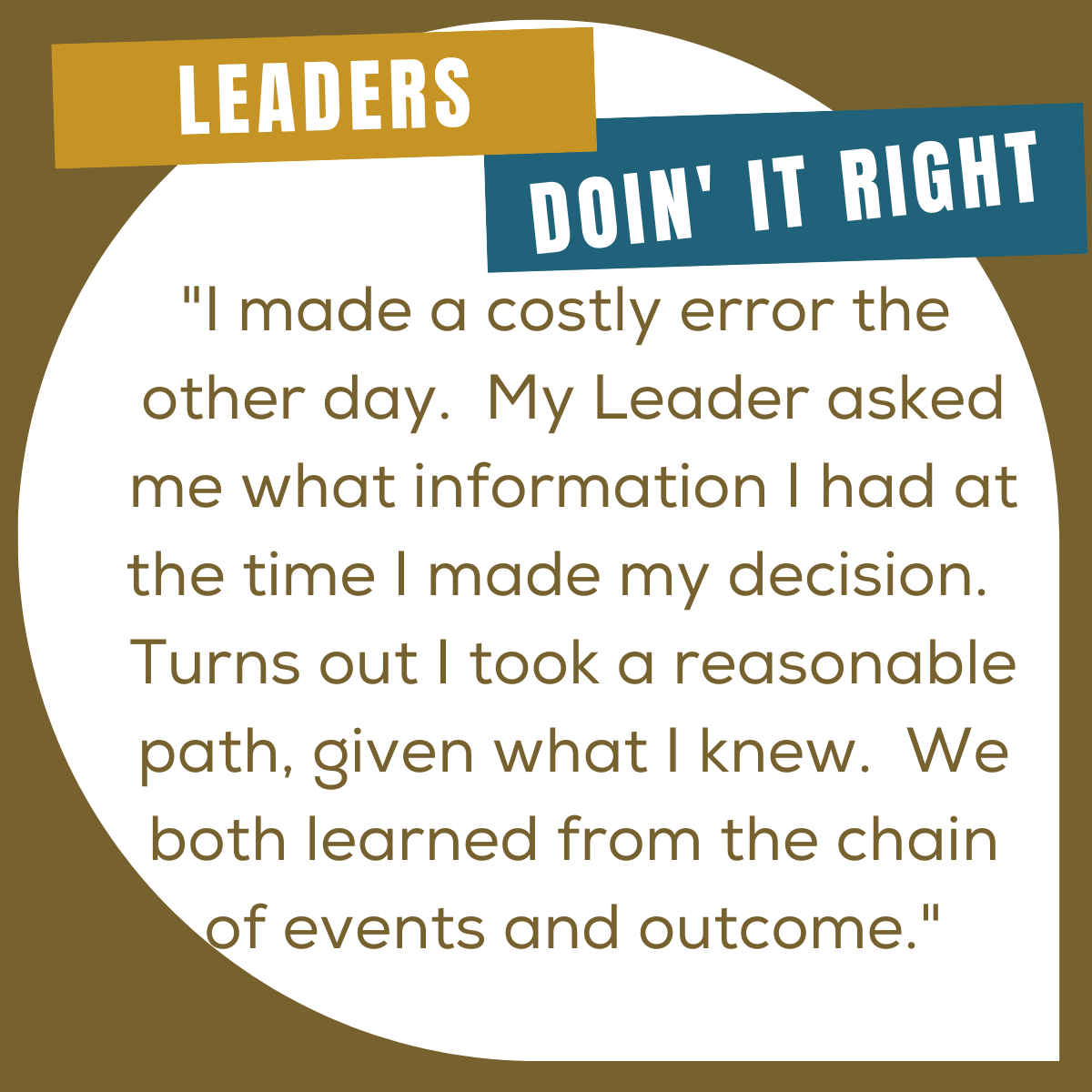
How often do you ask about the needs, interests and aspirations of your Team Members and Direct Reports? Do you ask once a year at the annual performance review or maybe the last time was during the hiring interview?
When I ask this question of Leaders, I notice they get a little uncomfortable, even defensive.
Typically, they name lack of time and opportunity to have these kinds of ‘in-depth’ conversations. They tell me that the list of important and urgent tasks takes up every minute of the day. “And besides,” they say, “that is not my job”. Some feel this kind of a question is overly personal, bordering on inappropriate.
Research and thought Leaders provide an abundance of proof that showing interest in what interests’ others, by asking open-ended questions, builds trust.
“Trust is the foundation of healthy relationships. It means that I trust that you will not harm me, and you trust that I will not harm you.”
“To maintain strong relational bridges, excellent communicators show a concern for others and proactively work to paint a picture of mutual success.” Promoting Trust in Everyday Conversations” written by Nicklas Balboa Read Article HERE.
Trust is not achieved overnight. Even though the question asks for a quantitative measure, a qualitative response is the intended purpose. There is no right number of conversations that will achieve trust. Building trust by asking questions is not a task that belongs on a procedure’s checklist. Asking care and concern type questions must be asked out of genuine interest, an authentic desire to connect.
Even if you are convinced that initiating conversation of connection is important, you may still be challenged in finding the right time or opportunity. Here are a few suggestions I have gathered from Leaders:
- During regular coaching sessions which we schedule at least monthly.
- Casually, before a Team Member goes on holidays or after they come back.
- Walking down the hall or facility, I ask about their thoughts, rather than talking about the weather.
- When a Team Member appears to be struggling with the workload or difficult challenge, and
- When a Team Member is managing everything well, with ease and flow.
When do you ask about the needs, interests and aspirations of your Team Members/Direct Reports?

Leaders, send us your insights, practices, experiments and leadership results! Help expand the learning for other Leaders. We want to hear from aspiring, developing and seasoned Leaders HERE
From the research and thought leaders…
What Leadership Development Should Look Like in the Hybrid Era
HBR June 1, 2022
Read Full Article HERE
Summary.
Traditional leadership development tells us that 70% of learning happens through on-the-job experience, 20% though feedback, and 10% through formal training. Research conducted over the past three years points to an alternative — and, we believe, more effective — framework for the process that emphasizes three actions: sensemaking, or understanding how the business world and the organization works around you; experimenting, or testing ideas; and self-discovery, or figuring out your own identity in the workplace. When implemented at HSBC this framework enhanced participants’ development. The experiment also pointed to new best practices for hybrid leadership development: programs should be iterative and experimental, embedded in day-to-day work, supported by coaching, and span all modes of delivery from all-virtual to fully in person.
When you are ready to focus, engage, and get results, contact us to master your mental fitness and communications with your Team Members, Colleagues, and Senior Management.
Positive Mindset + Leadership Skillset
